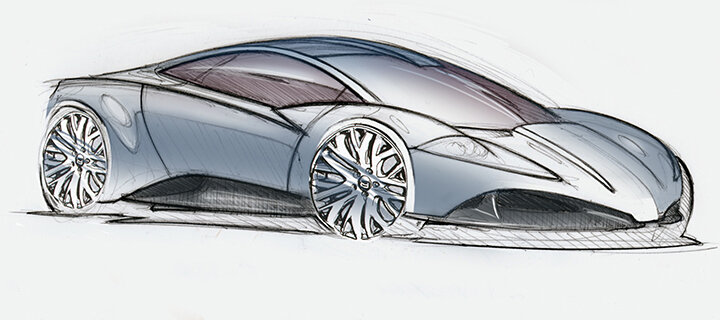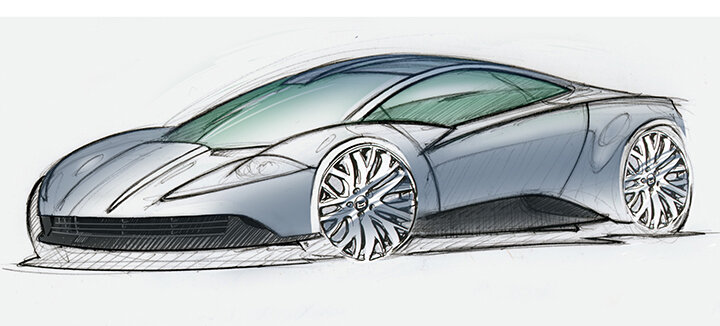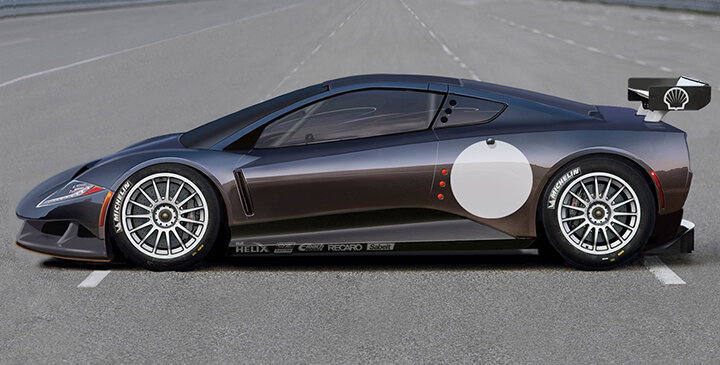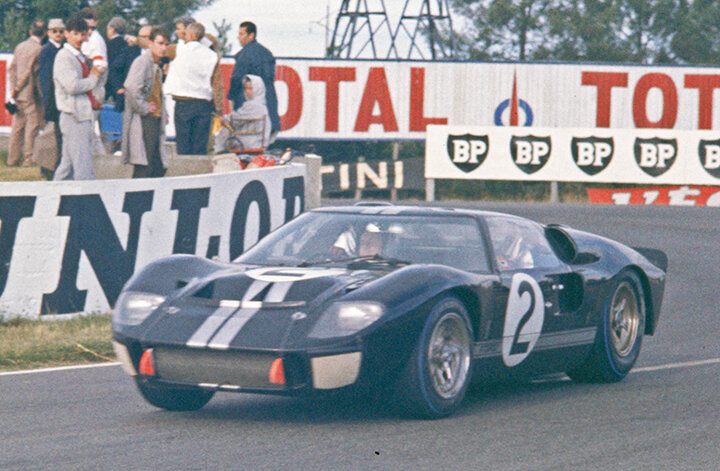McLaren F1 Designer Peter Stevens Asks Ford GT or Corvette C8?
January 2021 • By Peter Stevens, photos GM, Ford & Tony Thacker
Presented by MicksPaint.com & USAutomotive.co.ukMcLaren’s legendary F1 or Gordon Murray’s F1b? When considering the design of these two cars you come up with that old question: “The real thing or the new hopeful on the block.”
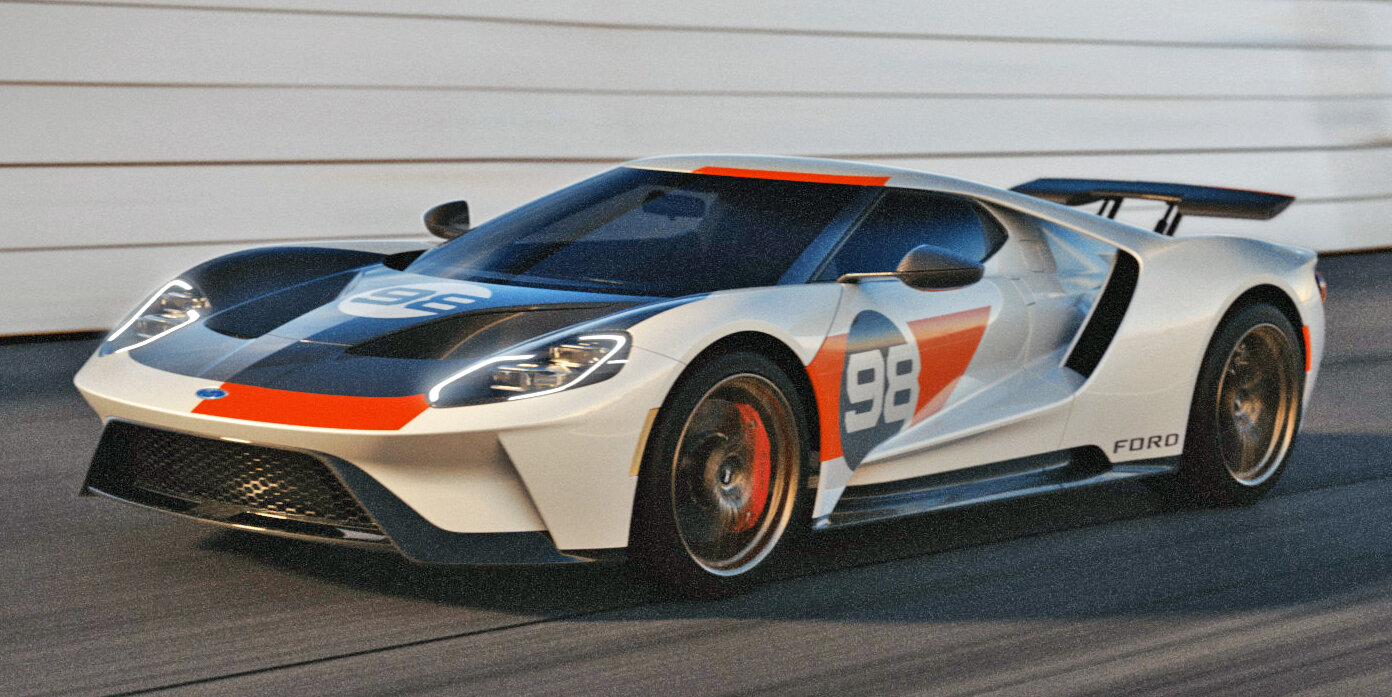

Ford’s latest GT was introduced for sale to the public in 2017; it kind of followed on from the 2005 GT: a retro looking homage to the Le Mans, Daytona and championship winning GT40. Anyone who has seen the Ford v. Ferrari movie will have that car imprinted in their memory as one of the most iconic Le Mans winners ever.
1966 Le Mans-winning Ford GT40 at Mulsanne hairpin turn. Photo Ford
Steve McQueen’s classic 1971 film ‘Le Mans’ was an earlier showcase for the Famous 24-hour race, introducing US fans to one of the toughest races in the world. Ford’s GT40 racecars won the race four times from 1966 to 1969—that’s some history to have behind you, if—like in 2005 when Ford introduced a mid-motored GT car for the street—you felt you needed credibility.
The 2005 Ford GT retained the same imagery as the original and even fifteen years later it still looks good. Note: This is a 2006
Sure, it looked a lot like the late-60s original but that was no bad thing. The GT40 was never a beautiful car but it was well proportioned, sat on the road like it was glued to it, looked tough and never shouted that the driver was a bit of a showoff. By following that style the later GT retained the same imagery and even fifteen years later it still looks good.
Le Mans 2016: Chip Ganassi Racing Ford GT of Sébastien Bourdais, Joey Hand and Dirk Müller takes victory in LM GTE Pro category. Photo Ford
Prior to the 2015 Le Mans race Ford announced that they would be returning to the 24-hour race in 2016 with a four-car factory-supported team running in the LM GTE-Pro class. The Ford Chip Ganassi Racing team’s #68 car won its class fifty years after Ford’s first Le Mans win in 1966, class wins in the 6 hours of both Fuji and Shanghai followed later that year. A second at Le Mans in 2017 and a win at the Silverstone 6 hours ensured that the latest GT had both street and track cred.



This latest car does not have the simplicity of the original GTs, the body shape was driven by the much more sophisticated aerodynamic understanding of airflow these days. The curious flying buttresses that extend from the roof to the rear fenders are complex elements that never look like they are efficient but the designers tell me they do something great! The car has a certain air of menace and fragility that the original never had, it’s the kind of car where a girl’s dad might say: “No daughter of mine is going to ride in that thing, do we know who the boy’s father is?”
The new Corvette C8 is exactly the kind of car where we know who the father is; he is the owner of the car. The current crop of mid-motor sports cars, Ferrari, McLaren, Lamborghini and that bunch of things that have names that we can’t recall, all share a common proportion. Height, width, length, and wheel size are so similar that it is only the side window graphic, front and rear lamps and maybe side duct position that differentiate one from the other. And joining that optimistic group is the C8.
It always used to bug me when journalists, almost all lacking in any design training, would try to describe a car by saying ‘GT40 headlights’, ‘Fiat 850 tail lights’, ‘Ferrari windshield’, etc. But now I find that the mid-motor Corvette could be described by likening most of the details to other cars in its class. There is nothing about the car that particularly grates, nothing that one can truly dislike, but no serious wow factor.
The two goofy, upward pointing teeth that frame the radiator air intake are the young designer’s favorite easy trick for trying to give the front-end character.
The shape of the side windows is so unmemorable that if you try to remind yourself how it looks by sketching it, you can’t remember. Same with the side intake, it’s formed from two angled lines that have nothing to do with any of the other lines on the car and picking it out with a bit of black trim means nothing.

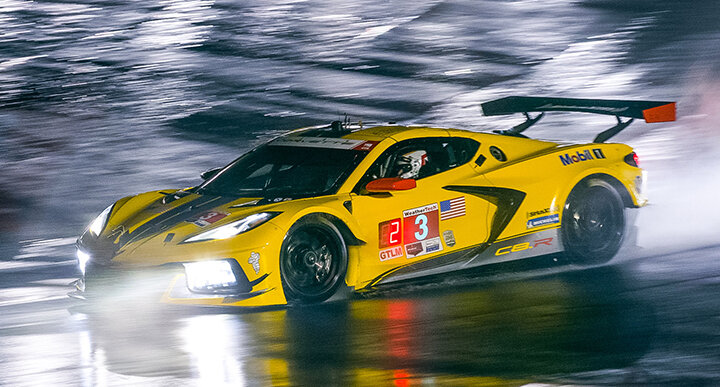
It’s only when you see the C8R in yellow that you are reminded of those glorious front-motored C7Rs, but they were beautifully resolved forms with great body surfaces, the kind of thing that we expect from GM Design.
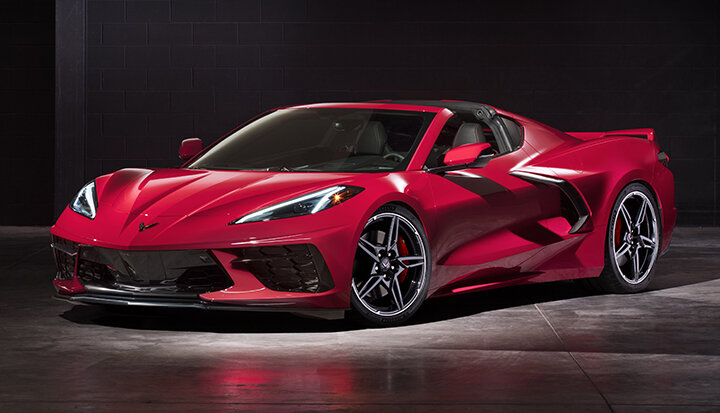
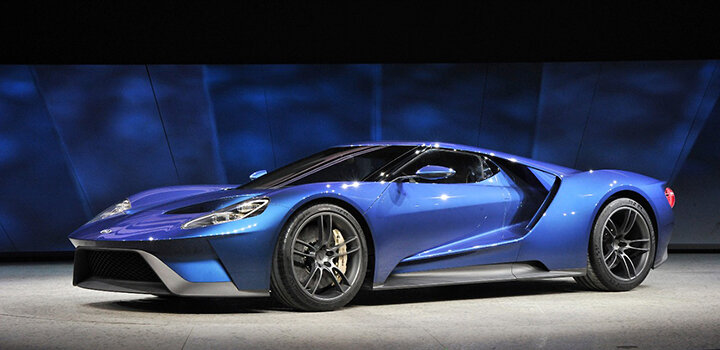
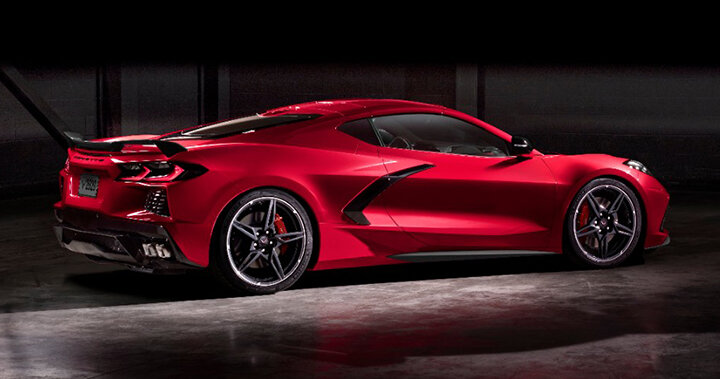
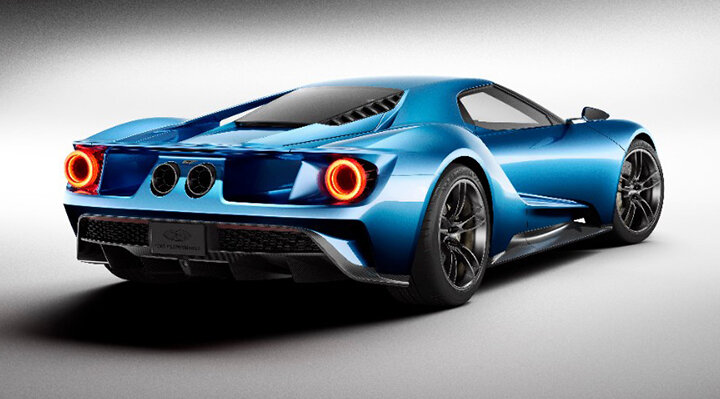
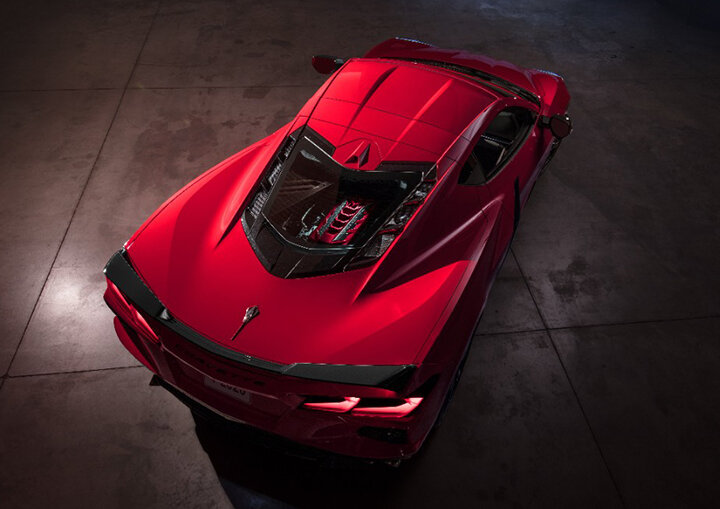
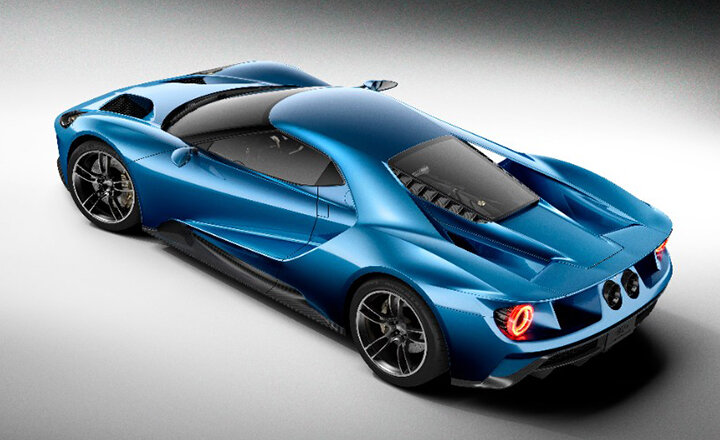
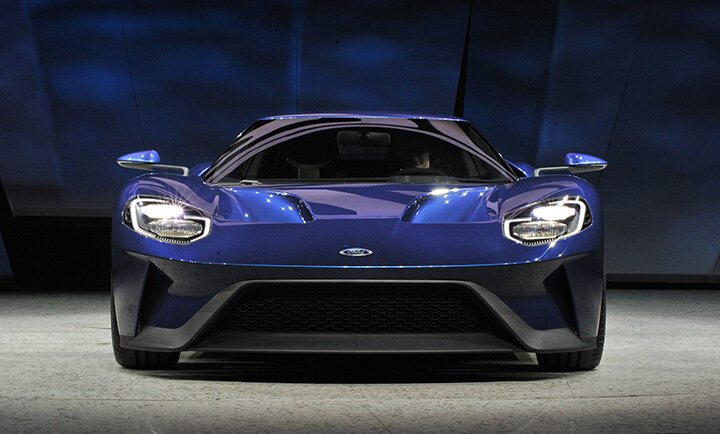
Typical of what is happening with so many auto manufacturer’s products, we are tending more and more to look back at their previous models loving what they used to make, whilst grudgingly accepting the weird shapes that we are now being offered. It doesn’t matter if it’s a neat little 2007 Honda Civic type R hatch or an early BMW 3 Series: newer is not always better. For me that applies to the Corvette even more that the Ford.
Peter Stevens and the Mid-Engine Corvette
In the mid- to late-80s Peter Stevens was Chief Designer at Lotus that was then owned by GM. As such, he was heavily involved in the design of the mid-engine Corvette Indy. The car was never more than a running concept (several actually) but the Lotus-developed dohc LT5 engine did power the 1990-95 ZR1 Corvettes. More recently, Peter was asked by Car & Driver magazine to render his version of a contemporary mid-engine Corvette (below) that we have to say is pretty rad.
For more information about Peter visit https://www.facebook.com/PeterStevensDesign or www.PeterStevensDesign.co.uk
